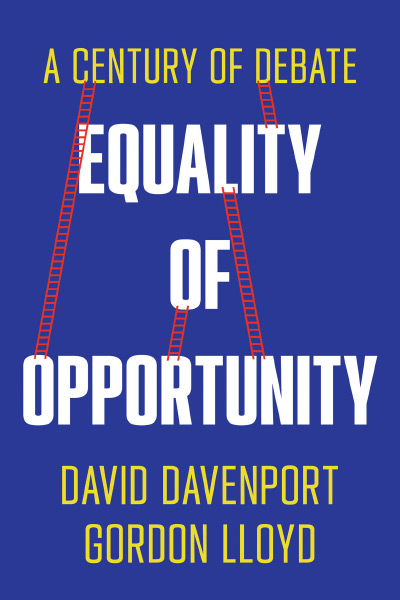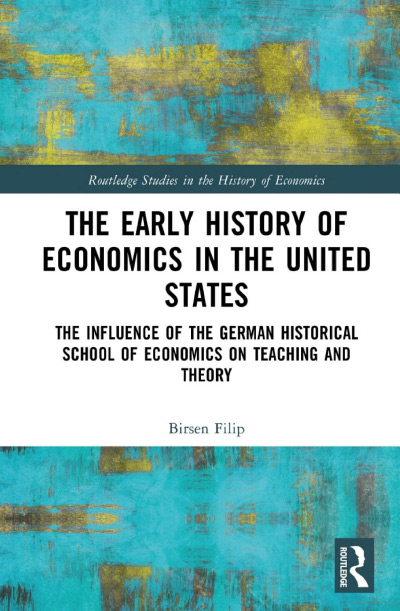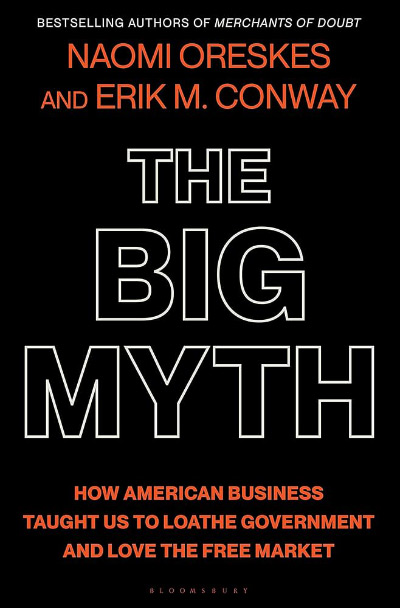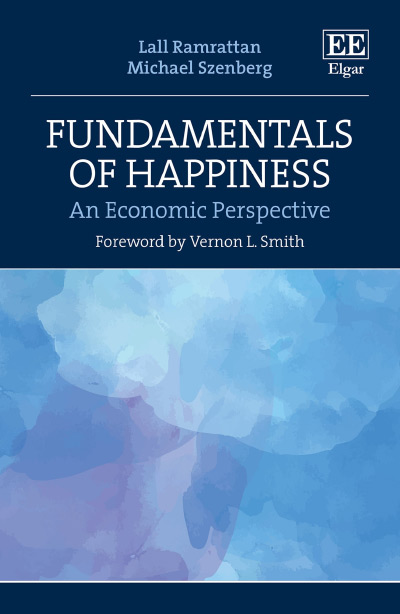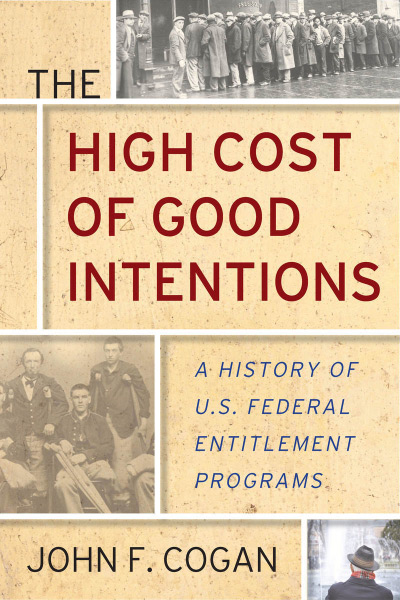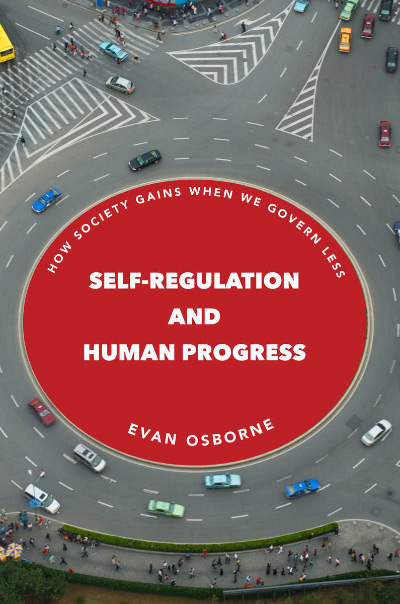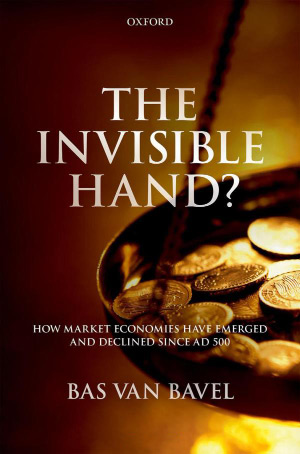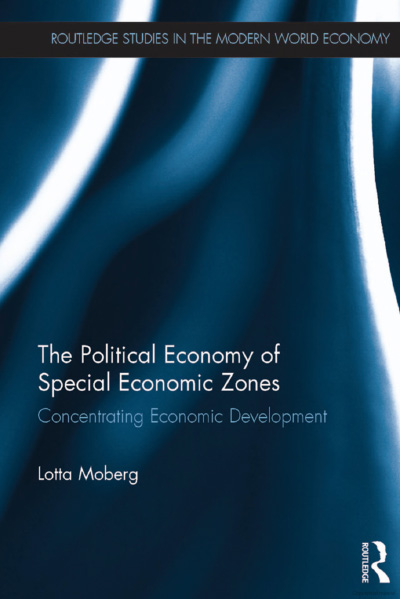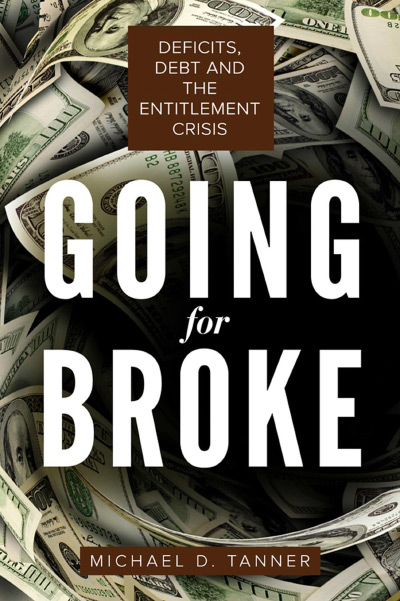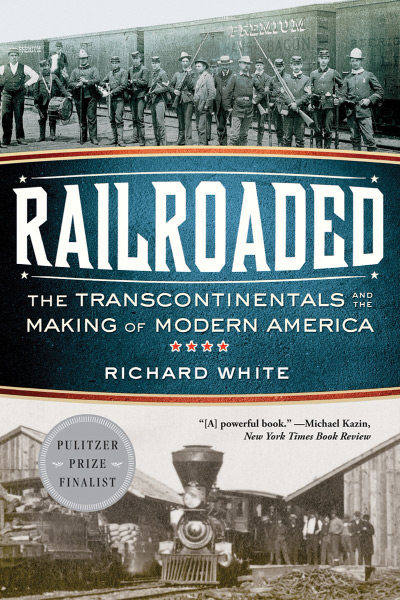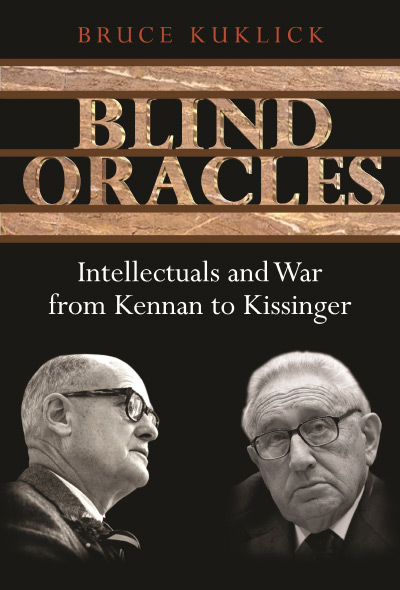In Equality of Opportunity: A Century of Debate, David Davenport and Gordon Lloyd of the Hoover Institution look at the past to identify the context and framework of a hotly contested contemporary issue. Their first challenge is to identify what “opportunity” means. While most Americans instinctively agree that opportunity is a core American ideal, Davenport and Lloyd quickly point out that providing a precise definition is far more challenging.
Their effort to answer this question identifies two major viewpoints about the meaning of opportunity. They introduce “the Founders, and especially James Madison ... arguing the case against the Progressives, particularly Woodrow Wilson” (p. 4). A major difference between these two perspectives is the role of government. The Founders believed that government was to protect each citizen’s access to opportunity, while Progressives believed that government is obligated to promote opportunity.
Although the Founders never directly wrote about “equality of opportunity,” they clearly regarded the concept as “a natural right, and the government’s role was to defend and protect it” (p. 4). They were concerned with how to protect both liberty (synonymous with opportunity) and equality. Madison grappled with “how to protect majority rule, that is to say equality, as well as minority rights, or liberty” (p. 7). His solution, premised on his belief that human nature is constant, caused him to advocate in Federalist No. 10 the benefits of a republican form of government with requisite checks and balances, possessing “liberty as the philosophical base, and the republican form of government as the system to protect it” (p. 8). The result was the Constitution and the Bill of Rights.
Davenport and Lloyd concede that equality was narrowly defined at the Founding, primarily reserved for white male adults. The presidency of Abraham Lincoln and the Civil War offered the opportunity to expand these ideals into American political life. The three Civil War amendments, and later the Nineteenth Amendment granting suffrage to women, greatly expanded the definitions of both equality and freedom. However, Lincoln, in his Gettysburg Address, referred to both a “new birth in freedom ... conceived in liberty” and “dedicated to the proposition that all men are created equal.” The authors ask, “Is Lincoln now elevating equality over freedom, or are they still twin goals? Is he looking towards a new nationalism, which the Progressives would embrace?” (p. 12).
The authors identify two events in the post-bellum period that sparked strong reaction to the Founders’ vision of equality and opportunity. The first was the closing of the American West. By 1912, the lower 48 states were in place. Also, the Second Industrial Revolution was changing American society from farm to city and giving rise to Big Business. Progressive Herbert Croly in 1909 advocated “equal rights for all and special privileges for none” (pp. 12–14). His remarks were a reaction to what he considered fundamental changes in the American living experience resulting from industrialization and the loss of the frontier.
In contrast with the Founders, Progressives “called out equality of opportunity specifically as something that had been lost” (pp. 4, 14). Woodrow Wilson, in his 1913 inaugural address, argued that there “can be no equality of opportunity, the first essential of the body politic,” if people are not “shielded ... from the consequences of great industrial and social processes which they cannot alter, control or singly cope with” (pp. 15–16). Devenport and Lloyd note that “Wilson’s thinking then took a leap away from government of, by, and for the people advanced by the Founders to a government led by enlightened administrators” (p. 17).
Wilson’s ideas did not translate to significant policy change during his administration, but they represent a starting point for an ongoing debate about the equality of opportunity in American politics. Davenport and Lloyd identify a dichotomy where “for the Founders, ... [it] was something you moved from, and for the Progressives, it was something to move toward” (p. 4). In other words, should government proactively intervene to create equality for citizens?
While Wilson represents the intellectual starting point for the Progressive reappraisal of equality and opportunity, the presidency of Franklin Roosevelt marked the start of enacting Progressive policies. In 1932, Roosevelt declared that “Equality of opportunity as we have known it no longer exists” (p. 28). His administration intervened with New Deal legislation in response to the Great Depression. Some programs were transitory, but permanent fixture was established with Social Security. One of Roosevelt’s advisors called for government to act as a “regulating and unifying agency, so that within ... this industrial system individual men and women could survive, have homes, educate their children, and so forth” (p. 29).
The authors conclude that the greatest Progressive initiative was the Great Society of Lyndon Johnson. In contrast to the Great Depression, the United States was enjoying healthy economic times. Johnson began an aggressive legislative agenda resulting in the passage of Medicare and federal educational funding by 1965. He rapidly followed up with his War on Poverty, with a goal of “not just relieving it but to cure it, and above all, to prevent it” (pp. 50, 53). More important was Johnson’s characterization of equality and opportunity. He stated, “It is not enough just to open up the gates of opportunity ... our citizens must have the ability to walk through those gates.” Johnson called for “not just equality as a right and a theory but equality as a fact and equality as a result” (pp. 51, 59). This support for equality of result remains controversial today.
Ronald Reagan’s presidency represents the only substantive rollback of Progressive initiatives over this issue during the twentieth century. In his 1964 “A Time for Choosing” speech, he insisted that the size and efficiency of government rendered it incapable of achieving the goals the Johnson administration wished to achieve. While he left Social Security and Medicare alone, he sought to reduce many of the other Great Society programs. In the end, Reagan was only able to slow the rate of government growth. Consequently, Reagan increasingly turned towards promoting individual opportunity through growing the national economy.
The issue of equality of opportunity has been highly influenced by the Roosevelt, Johnson, and Reagan presidencies. Davenport and Lloyd point out that “Once a societal goal referenced in the Declaration of Independence and protected by the Constitution, equality of opportunity had now become a government program” (pp. 55–56). The sharp acceleration of Johnson’s vision has set the stage for our current “equity” versus “equality” debate. Should citizens have equal access to opportunity, or should they be entitled to equal outcomes?
Davenport and Lloyd have produced a deliberate and thorough description of the origins of the debate. This allows the reader to dispassionately consider the strengths and weaknesses of either side of the argument and its evolving context. One individual, Herbert Hoover, stands as evidence that views can change over time. Hoover as president was not afraid to promote temporary government intervention as the Great Depression began. He was a progressive Republican president, far more willing to use government than his predecessors, Harding and Coolidge. Yet, appalled by the extent of the New Deal’s reach and concerned about the long-term potential impacts of Roosevelt reforms, he feared that the New Deal could create an American Leviathan. The authors note that “Hoover saw all this government planning and regulation ... as a form of “regimentation” that, rather than expanding equality of opportunity, actually restricted it” (p. 41).
In the twenty-first century, the Progressive vision about equality and liberty has evolved even further towards use of government. Equality of opportunity has been replaced with the goal of equity of results. For example, in the 2020 presidential campaign, vice-presidential candidate Kamala Harris argued the “we [should] all end up at the same place” (p. 92). Economist Thomas Piketty suggested that opportunity is dead in the twenty-first century and proposed “a progressive global tax on capital ... to regulate capitalism” (p. 99). As the authors note, this proposal “was not to seek greater wealth equality by giving to those with less, but ... to take money from those that had more” (p. 99).
Davenport and Lloyd clearly align with the Founders on the issue. Nonetheless, they acknowledge that the Progressive legislative agenda of the past century is unlikely to ever be rolled back in its entirety. Instead, their ultimate objective is to explore how the expansion of government into the lives, liberty, and opportunity of individual citizens can be both checked and reconsidered. They provide evidence to show the failures of the Progressive reforms, pointing out that in 1968 poor Americans comprised 13% of the population. In 1980, it was still 13%, suggesting Johnon’s expensive War of Poverty had failed.
Equality of Opportunity is the fourth of a series by Davenport and Lloyd that explore the relationship between American individualism and government policy. They conclude that equality of opportunity “is still alive and well,” as evidenced by the many people who wish to immigrate to the United States. However, they also fear that the continued expansion of government into the sphere of personal equality and liberty chip away at the individualism that they identify as a unique feature of American society. Ultimately, in an adaption of Ben Franklin’s warning about the new republic, the United States remains a land of opportunity, if we can keep it.
| Other Independent Review articles by John A. Moore | |
| Fall 2022 | The Jazz Age President: Defending Warren G. Harding |
| Summer 2019 | Social Justice: Intersecting Catholicism, Citizenship, and Capitalism |
| Spring 2014 | The Original Supply Siders: Warren Harding and Calvin Coolidge |



